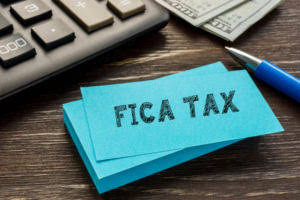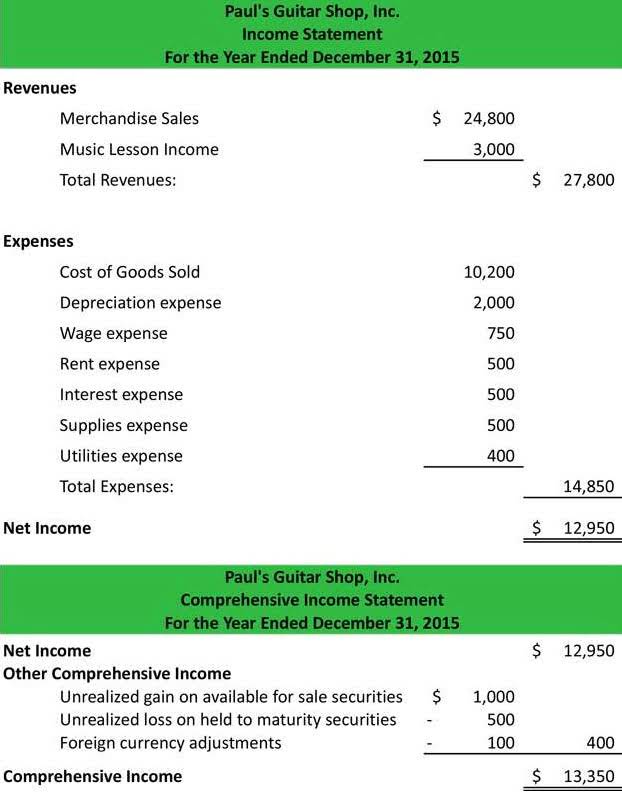How is the account Cash Short and Over used?

If the cash in the register is more than the sales there is said to be a cash over. Likewise, if the cash is less than the sales the cash is said to be short. While an asset is something of economic value that’s owned or controlled by a person, company, or government, a liability is basically the opposite—something that is owed to another person, company, or government. Examples of liabilities include loans, tax obligations, and accounts payable.
Why You Can Trust Finance Strategists
This expense is treated as a miscellaneous expense and presented in the income statement as a general and administrative expense section. However, if the balance is at credit, it is treated as miscellaneous revenue instead. The cash over and short account is an expense account, and so is usually aggregated into the “other expenses” line item in the income statement. A larger balance in the account is more likely to trigger an investigation, while it may not be cost-effective to investigate a small balance. A sample presentation of the Other Expenses line item in an income statement appears in the following exhibit. Let’s illustrate the Cash Short and Over account with the petty cash fund.
- For simplicity, the total value of cash on hand includes items with a similar nature to cash.
- Analysts can estimate the advisability of an investment in a particular company by the company’s ability to access cash and convert cash equivalents quickly.
- Many companies have bank accounts in other countries, especially if they are doing a lot of business in those countries.
- But Daco believes it’s more important to have a “broader perspective” when it comes to examining your portfolio.
- Simply put, an asset is something of value that you own or that is owed to you.
- Learn financial statement modeling, DCF, M&A, LBO, Comps and Excel shortcuts.
How is the account Cash Short and Over used?
Reverse repos, on the other hand, are conducted by the New York Fed’s Open Market Trading Desk and is a key tool to manage short-term rates. In a reverse repo, market participants lend cash to the Fed, usually overnight, at an interest rate of 5.30%, in exchange for Treasuries or other government securities, with a promise to buy them back. “As investors sell off risk assets, they typically move into cash, which generally gets invested in the repo market,” said Scott Skyrm, executive vice president for fixed income and repo at broker-dealer Curvature Securities in New York. Inventory that a company has in stock is not considered a cash equivalent because it might not be readily converted to cash. Also, the value of inventory is not guaranteed, meaning there’s no certainty in the amount that’ll be received for liquidating the inventory.
Great! The Financial Professional Will Get Back To You Soon.
The interest earned is usually higher than that earned from a basic bank account and provides some protection against inflation. Cash equivalents are an important indicator of a company’s financial well-being. Analysts can estimate the advisability is cash over and short an asset of an investment in a particular company by the company’s ability to access cash and convert cash equivalents quickly. Companies with large amounts of cash and cash equivalents can be primary targets of bigger companies with acquisition plans.
Definition of Cash Short and Over Account
- Managers must focus on liquidity as well as solvency, which is the process of generating sufficient cash flow to purchase assets over the long term.
- In case of shortage, the cash over and short is on debit and vice versa.
- A cash asset ratio of 1 and above indicates a company that is in good financial standing with the ability to pay off obligations through liquid assets.
- In contrast, let’s assume that during the cash count, the actual cash from the cash sales is $495 instead of $510.
- However, because there is risk that a refund cannot be processed timely or there may be only a partial return of funds, prepaid assets are not considered cash equivalents.
- This contractual limitation may not be terminated before July 31, 2024 without the approval of the Board of Trustees.
But it’s important to recognize that liquidity and holding liquid assets comes at a cost. It may be inefficient to sit on these resources instead of deploying them for company growth or rewarding investors with dividends. Small payments are often needed for postage, delivery charges, office supplies, or entertainment expenses. The chart below lists examples of non-current assets on the balance sheet. The fundamental accounting equation expresses the relationship between assets, liabilities, and shareholders’ equity.
Financial Assets

Our popular accounting course is designed for those with no accounting background or those seeking a refresher. If you don’t receive the email, be sure to check your spam folder before requesting the files again. But if the asset has no physical form and cannot be touched, it is considered an “intangible” asset (e.g. patents, branding, copyrights, customer lists).


My Accounting Course is a world-class educational resource developed by experts to simplify accounting, finance, & investment analysis topics, so students and professionals can learn and propel their careers. Let’s take a look at an example of using the cash over and short account. For businesses, this type of cash flow problem can be entirely avoided by the business choosing investment projects whose expected revenue matches the repayment plans for any related financing well enough to avoid any missed payments. As much as $300bn had flowed into the asset management industry in the first six months of this year, up from approximately $50bn over the same period last year, according to Goldman Sachs.
How does a company process petty cash reimbursements?
A compensating balance is a minimum cash balance in a company’s chequing or savings account as support for a loan borrowed from a bank (or other lending institution). Restricted cash and compensating balances are reported separately from regular cash if the amount is material. In practice, many companies do not segregate restricted cash but disclose the restrictions through note disclosures. A miscellaneous expense account used to record the difference between the amount of cash needed to replenish a petty cash fund and the amount of petty cash receipts at the time the petty cash fund is replenished. Financial assets can include stocks, corporate and government bonds, and other types of securities.

For tax purposes, a long-term gain or loss means the security is held for a year or longer before being sold. In addition, this has implications because the long-term investing activity is typically separated from short-term trading on tax forms. Personal assets can include a home, land, financial securities, jewelry, artwork, gold and silver, or your checking account. Business assets can include such things as motor vehicles, buildings, machinery, equipment, cash, and accounts receivable, as well as intangibles like patents and copyrights. Alternatively, if there had been too much cash in the petty cash box (a rare condition indeed!), the entry would be reversed, with a debit to cash and a credit to the cash over and short account. The account stores the amount by which the actual ending cash balance differs from the beginning book balance of cash on hand, plus or minus any recorded cash transactions during the period.



